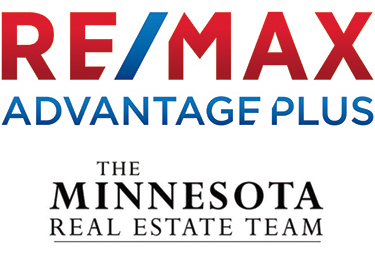New Listings and Pending Sales
New Listings and Pending Sales
New Listings and Pending Sales
New Listings and Pending Sales
New Listings and Pending Sales
New Listings and Pending Sales
New Listings and Pending Sales
New Listings and Pending Sales
New Listings and Pending Sales
- « Previous Page
- 1
- 2
- 3
- 4
- 5
- …
- 30
- Next Page »












